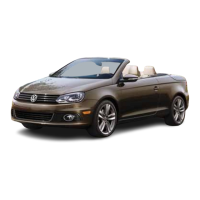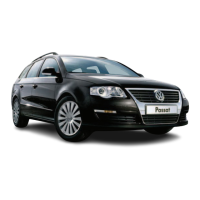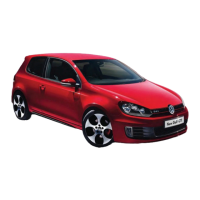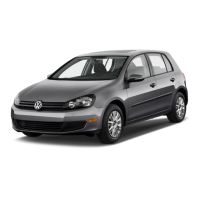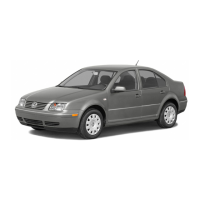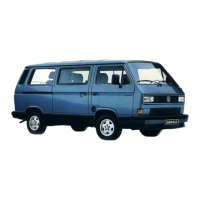Fig. 136 Fuel consumption in l/100 km at 2 different outside air temperatures.
¤ Please first read and note the introductory information and heed the WARNINGS on
page 311.
Driving defensively and economically can easily reduce fuel consumption by 10 to 15%.
The vehicle consumes the most fuel when accelerating. Defensive driving requires less braking and
therefore less acceleration. If possible, coast the vehicle to a stop, for example, when you can see that
the next traffic light is red or about to turn red.
Avoid traveling short distances
A cold engine consumes significantly more fuel immediately after starting. It takes a few miles (km)
before the engine is warmed up and fuel consumption is stabilized.
To reduce fuel consumption and the emission of pollutants effectively, the engine and catalytic
converter must reach their optimal operating temperature. Critical in this context is also the outside
air temperature.
⇒
fig. 135 and ⇒ fig. 136 display the varying fuel consumption rates for the same distance driven, once
at +68 °F (+20 °C) and once at +14 °F (-10 °C).
Therefore, avoid driving short distances unnecessarily and consolidate routes.
Under the same conditions, the vehicle consumes more fuel in winter than in summer.
“Letting the engine run to warm up” is not only illegal in some places, but also technically not
necessary and wastes fuel.
Adjust the tire pressure
The proper tire pressure helps reduce rolling resistance as well as fuel consumption.
When purchasing new tires, always make sure that the tires are optimized for lower rolling resistance.
Use low viscosity engine oil
Fully “synthetic,” low viscosity engine oils that expressly comply with Volkswagen oil quality standards
reduce fuel consumption. Low viscosity engine oils reduce the frictional resistance on the engine and
are distributed more evenly and quickly, particularly when cold-starting the engine. The effect is
particularly apparent in vehicles that frequently travel short distances.
Always ensure the right engine oil level is maintained and keep to the scheduled service intervals
(engine oil changes).
Make sure the engine oil that you purchase expressly complies with Volkswagen oil quality standards
and is the oil approved by Volkswagen for your vehicle.

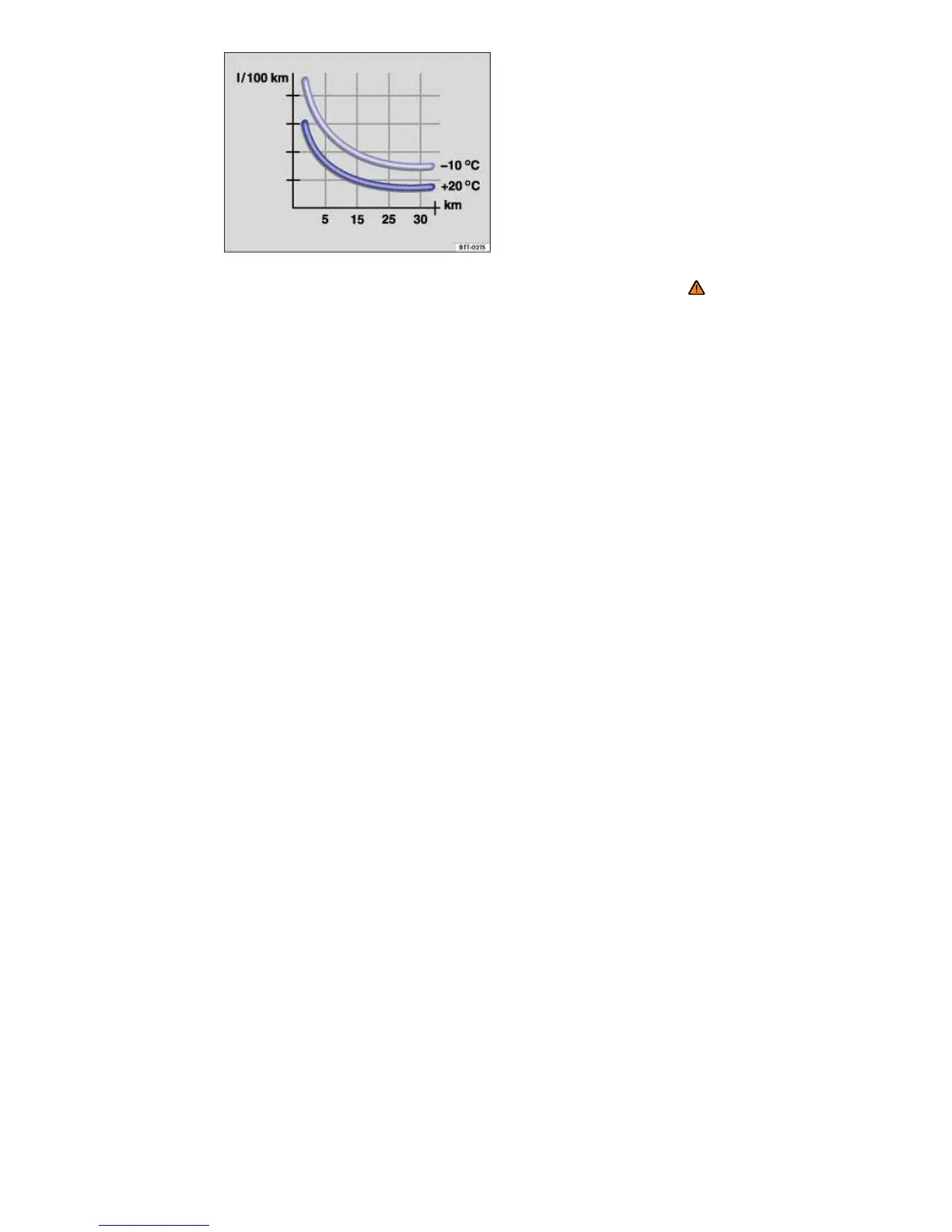